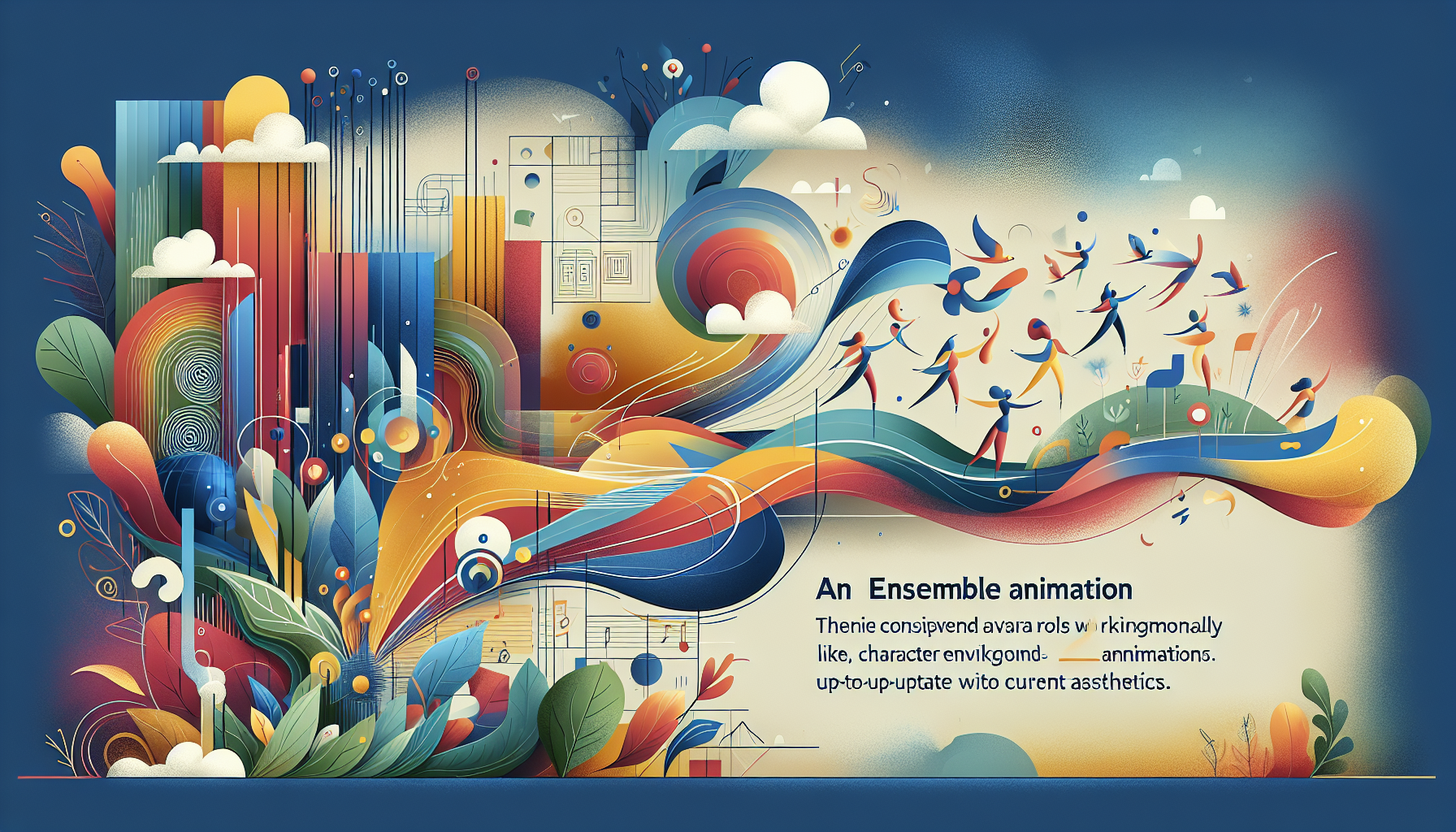Mastering Ensemble Animation: Weaving Together Compelling Narratives
In the ever-evolving world of animation, capturing the essence of a compelling story often hinges on the intricate dance of ensemble casts. These dynamic groupings, whether they be families, bands of heroes, or rag-tag teams of misfits, provide a rich canvas for storytelling. Mastering ensemble animation is about more than just coordinating multiple characters on screen; it’s about weaving their individual narratives into a cohesive, engaging, and multifaceted tale that resonates with audiences.
Understanding Ensemble Cast Dynamics
At the heart of any ensemble animation is the interaction between its characters. Each character must be fully realized, with their own motivations, arcs, and growth. However, the magic of ensemble animation lies in how these individual journeys complement and contrast with each other, creating a narrative synergy that enriches the story. Understanding the dynamics between characters—be it harmonious or contentious—is crucial in crafting believable interactions and emotional depth within the story.
The Art of Balancing Screen Time
One of the most challenging aspects of ensemble animation is balancing screen time among a cast of characters. Each character deserves their moment in the spotlight, but not at the expense of the narrative’s pace or cohesion. Skilled animators and writers find inventive ways to integrate character development into the broader story, ensuring that each character contributes meaningfully to the plot’s progression. This often involves pairing characters in various combinations, exploring their relationships, and using these interactions to propel the story forward.
Creating Distinct Character Identities
To engage the audience, each character in the ensemble must be distinct and memorable. This goes beyond their physical design to include their voice, mannerisms, and personal story arcs. Such distinctiveness ensures that characters stand out, but it also deepens the audience’s emotional investment in the story. Animators achieve this by working closely with voice actors, writers, and character designers to create a synergistic portrayal that breathes life into each character.
Weaving Multiple Storylines
A hallmark of successful ensemble animation is its ability to weave multiple storylines into a single, coherent narrative. This narrative tapestry allows for a richer exploration of themes and conflicts, presenting them from a variety of perspectives. However, this complexity also requires a careful balancing act to ensure that the story remains accessible and engaging to the audience. Effective storytelling in ensemble animation often involves interlacing individual character arcs in a way that they build upon one another, culminating in a satisfying conclusion that resolves both individual and collective narratives.
Emphasizing Collective Growth and Achievement
Ultimately, the essence of ensemble animation is the portrayal of collective growth and achievement. The characters, despite their differences and initial conflicts, come together to overcome shared challenges. This journey not only serves to unite the characters but also to deliver potent messages about teamwork, diversity, and the strength found in unity. It is this emotional resonance and the ability to reflect on real-world issues through animation that truly captivates audiences, making mastery of ensemble animation a powerful tool in the animator’s repertoire.
Mastering ensemble animation is a complex, nuanced process that demands a deep understanding of character dynamics, narrative balance, and thematic unity. By weaving together the individual threads of their characters’ narratives, animators and writers create rich, multi-dimensional stories that engage, entertain, and inspire their audiences. In doing so, they not only showcase the technical prowess of animation but also celebrate the diverse tapestry of human experience.







